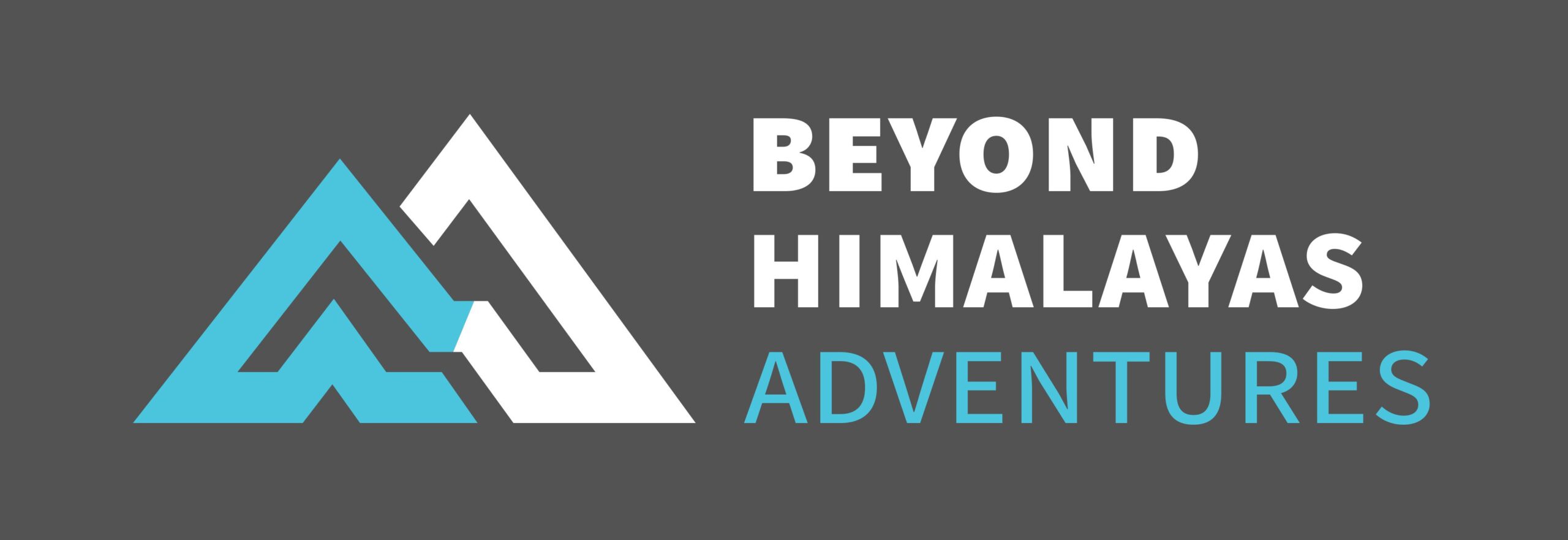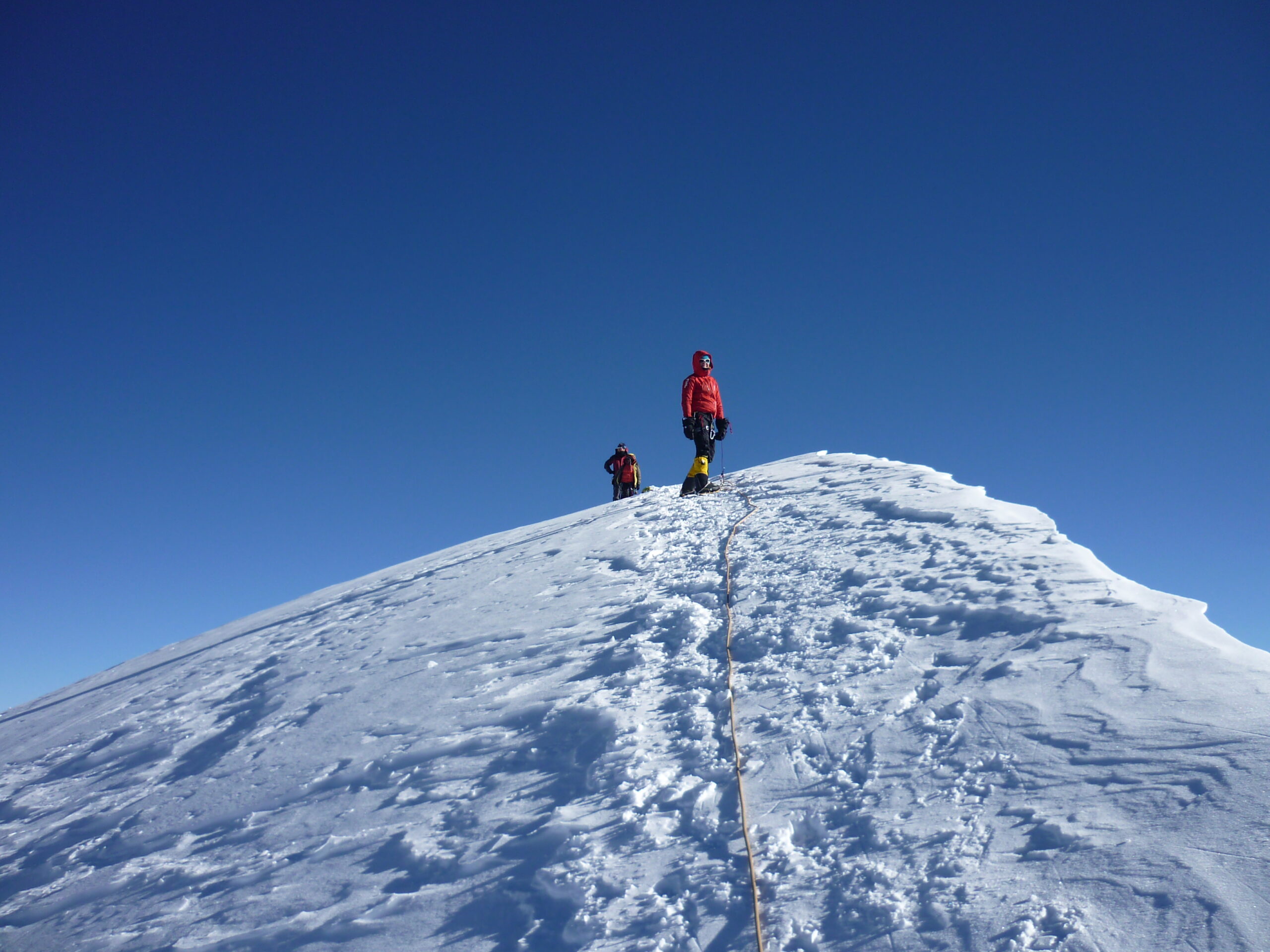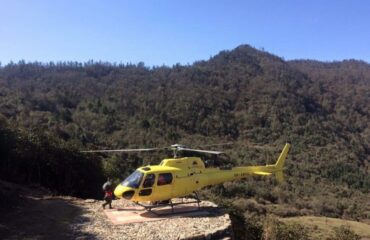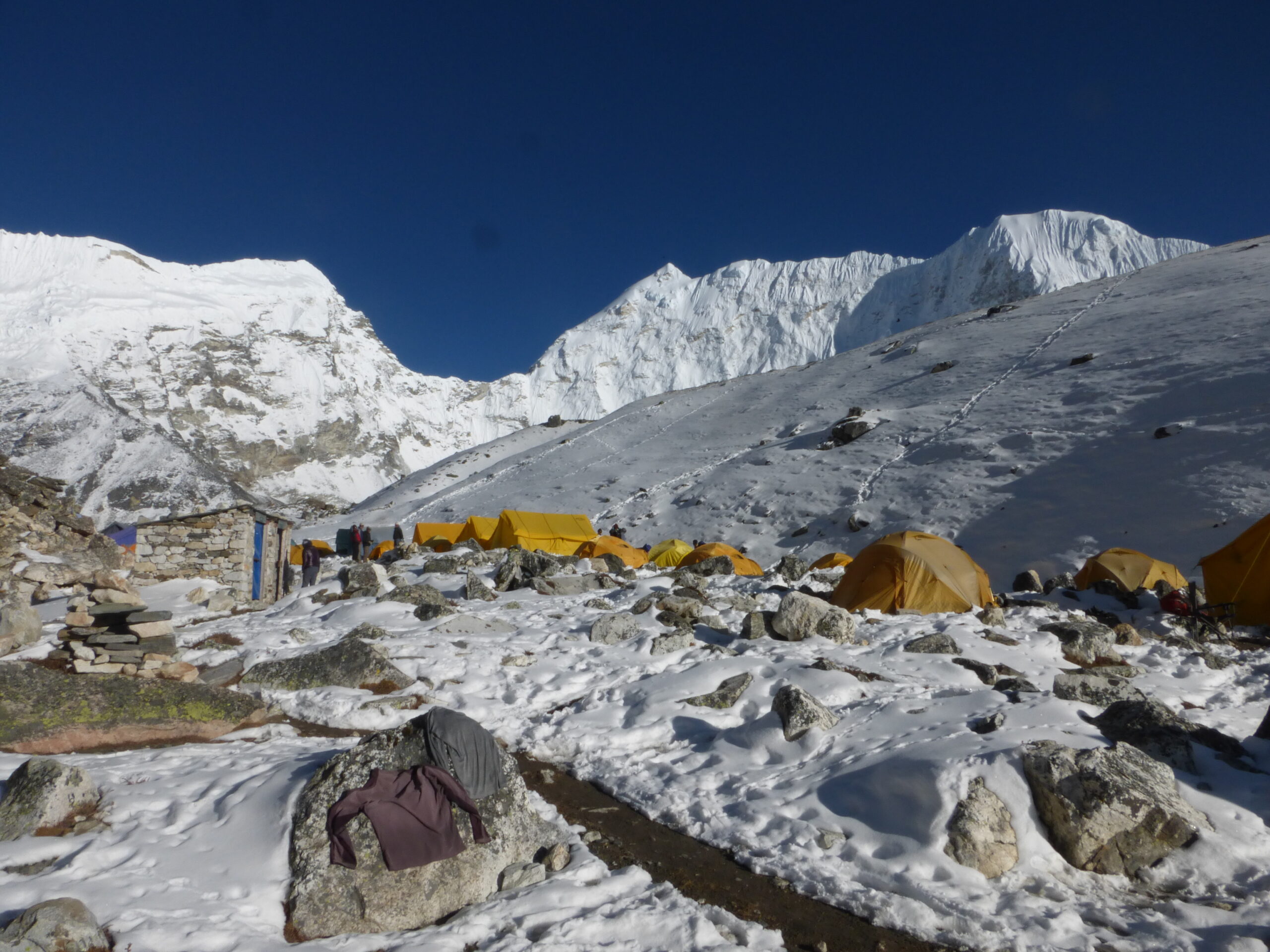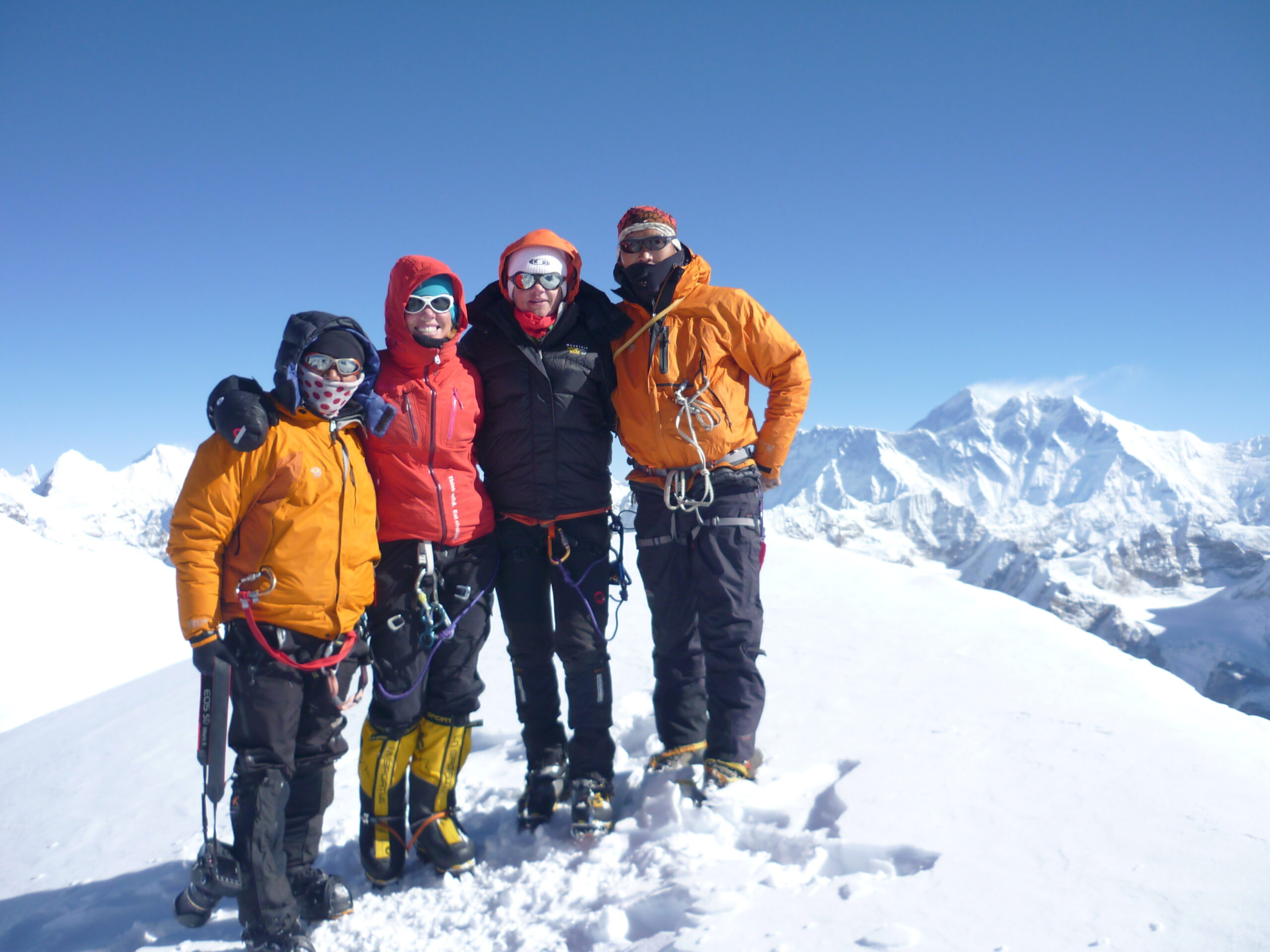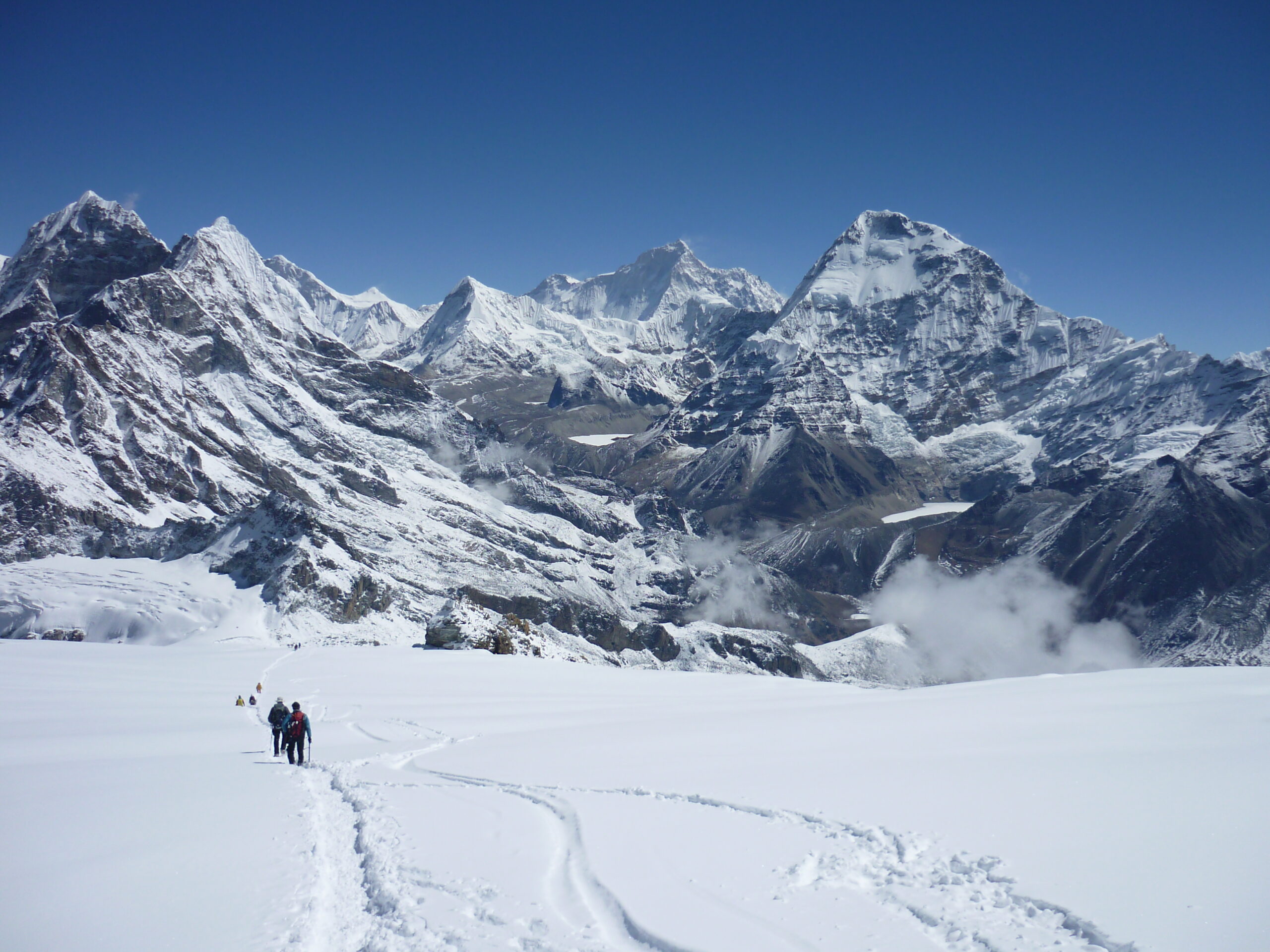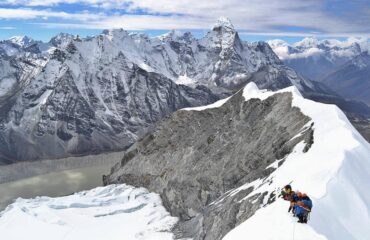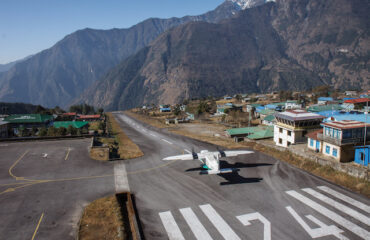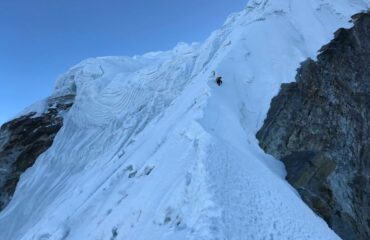Three Peaks Nepal
fromThree moderate-altitude summits in one go provide an ideal progression and give you an excellent introduction to Himalayan mountaineering.
-
Reviews 0 Reviews0/5
-
Vacation Style Holiday Type
-
Hiking
-
Mountain
-
-
Activity Level Extreme
-
Group Size Medium Group
Three peaks climbing in Nepal offer an excellent introduction to real Himalayan mountaineering by climbing three moderate-altitude summits in one expedition. we offer Three Peaks Climbing trip that allows you to ascend Mera Peak[6,461m/21,193ft], Island Peak [6,189m/20,305ft], and Lobuche East Peak[6,119m/20,075ft] with Amphu Laptcha Pass in a single itinerary at one go.
Our Three Peaks Climbing trip provides an ideal progression and excellent introduction to Himalayan mountaineering and it’s an ideal choice for a true adventure seeker looking for a challenging adventure in the Himalayas. An achievable expedition for anyone new to climbing with a keen sense of adventure and a desire to learn more about high-altitude mountaineering.An ultimate climbing holiday which includes an ascent of three 6000m peaks and traverse of Amphu Laptcha Pass at 5,700m.
This trip offers an opportunity to partake in a journey that covers a lot of terrains and enables you to make multiple ascents on peaks of moderate elevation. Autumn (Sept to November) and Spring (March to May) are the best seasons for this trip.
Flexible Itineraries
The three peak itinerary depends on a number of factors including mode of transportation, the route you take, and your time availability.
The usual durations (starting and ending in Kathmandu) are from 27 to 30 days depending on how long you’re planning for; we can craft a good tailored made trip based on how much time you have.
- Airport transfers and escort in Kathmandu
- All meals while on the trek (breakfast, lunch, dinner, hot beverage )
- Accommodation during the trek at the local lodge.
- Domestic airfares Kathmandu-Lukla-Kathmandu
- English speaking government-licensed Sherpa guide
- Climbing Sherpa & guide for climbing and mera peak ski
- Tents and equipment for base camp and high camp with full board service
- All the necessary trekking and climbing permits
- National park and rural municipality entry fees
- Porter Service as required
- Staff cost including their (Salary, allowance, food, accommodation, summit bonus, and insurance )
- 3 nights accommodation at 3-star category hotel in Kathmandu on twin sharing basis with breakfast.
- All guided sightseeing tours in Kathmandu and entry fees.
- All ground transportation on comfortable private vehicle
- Certificate from Nepal Mountaineering Association after the successful summit
- All government and local taxes
- International airfare, departure Tax, and visa fees
- Trekking and climbing equipment
- Major meals, Lunch, and dinner during your stay in Kathmandu
- Any type of personal expenses, such as alcoholic beverages drinks, phone charges, and laundry.
- Rescue & travel insurance, trip cancellation costs, accident or health emergency, evacuation, loss, theft or damage to baggage, and personal effects.
- Tips & Gratuities to porters and guides
- We strongly advise you to take out personal travel insurance.
- Day 1 Depart Home Country
- Day 2 En Route (Transit)
- Day 3 Fly to Panggom [2850m/93,48ft]: 4o min – 1 hrs
- Day 4 Trek to Nashing Dingma (2,600m/8530 ft) 5-6 hrs
- Day 5 Trek to Cheelem kharka (3600m/ 11,811 ft) 5 -6 hrs
- Day 6 Trek to Khola Kharak (4200m/13,779) 4-5 hrs
- Day 7 Trek to Kothe [3600m/11808ft]: 6-7 hrs
- Day 8 Kothe to Tangnang [4,350m/14,270ft]: 3-4 hrs
- Day 9 Tangnang to Khare [5,045m/16,486ft]: 2-3 hrs
- Day 10 Khare: Acclimatization and pre- climb training [5,045m/16,553ft]
- Day 11 Khare to High camp [5,780m/18,958ft]: 5-6 hrs
- Day 12 Summit Mera Peak (6,461m/21,1907ft) and descend to Kongma Dingma (4850m/15912ft)
- Day 13 : Reserve Day for Contingency (5,045m/16,553ft)
- Day 14 Kongma Dingma to Seto Pokhari (5000m/16400 ft) 4-5 hours
- Day 15 Seto Pokhara to Amphu Laptsa High Camp south (5400m/17712 ft) 4-5 hours
- Day 16 Cross Amphu Laptsa (5845m/19172 ft) and trek to Chukung (4,730m/15,518ft): 8-9 hrs
- Day 17 Rest Day at Chukung
- Day 18 Chukung to Island Peak High Camp (5,600m/18,372ft) 4 -6 hrs
- Day 19 Summit Island Peak (6189m/20306) and back to chukung village
- Day 20 Reserved Day for Contingency
- Day 21 Trek over Kongma La (5,535m/18,159ft) to Lobuche (4,925m/16,2047ft)
- Day 22 Trek to Gorak Shep (5,165m/18,209ft) and visit Everest BC
- Day 23 Gorak Shep to Kala Patthar, then to Lobuche (5,545m/18,193ft) 8-9 hrs
- Day 24 Labuche to High Camp (5,400m/17,717ft) 3-4 hrs
- Day 25 Lobuche High Camp to Summit and back to to Pheriche (4210m/13008 ft) Duration: 10-12 hrs
- Day 26 Trek to Namche (3440m/11283ft) 5-7 hrs
- 27 Trek to Lukla (2800m/9184ft) 5-7 hrs
- 28 Fly back to Kathmandu
- 29 Reserved day in Kathmandu
- 30 Transfer to airport for international flight
- 31 En Route Home Country
- 32 Arrive Home Country
Having the right equipment on your adventure trips will make almost as much difference to your success, safety, comfort, and enjoyment as any physical training you do. It is essential that you take the time to acquire the correct gear; don’t wait for the last minute to find out your local shop doesn’t have your size. This equipment is expensive, but you can often find great sales online and at your local gear store. The purpose of this gear list is to help guide your purchases.
This list is a guide. While you are required to bring everything on this list, there are numerous options, brands, and versions of each piece of equipment, unless otherwise noted. Using our current suggested brand list we encourage you to shop around, do research, use your experience and the listed features to find the best gear for you.
During your time in the mountains, you will encounter a very wide range of temperatures and weather conditions. At one end of this range is the pleasantly warm and beautiful low land, while at the other end of the spectrum is found the cold and often windy weather of the highest peaks in the world. The equipment you bring must function well in a wide variety of conditions. Your clothing should be warm, lightweight, dry quickly, and allow good freedom of movement. The layering principle, based on several thin layers of insulation
(rather than one thick one), covered with an outer weatherproof shell, meets these needs well.
A Note on Packing
For your international flights, we recommend that you pack all your equipment in your two duffle bags. Do not simply pack your backpack (since the straps can be damaged by the baggage handling machines). It is important to lock these bags for their trip. Depending on the airport, you may be able to put your travel locks on after TSA has searched the bags. If not, Lock the bags with Zip Ties. If the TSA cuts off the zip-tie to search your bag, they will replace it. You will still need the travel locks to lock your bags in the hotel and during the expedition. Generally, you will take one duffel up to Base Camp, and leave one in the hotel in Kathmandu with your belongings for your time in the city. Your trek in duffel will only be accessible in the evenings (with items such as changes of clothing, sleeping bag), and your day pack will hold vitals such as water, layering, blister kit, and camera.
Important Notes:
- Don’t cut corners on the quality of gears
- Understand the function of each gear properly
- Acquire your gears well in advance
- Eliminate unnecessary luxuries
- Seasonal fluctuation will impact the requirement of gear
Tips:
- You can always rent gears if you are not willing to invest
- Check the sizes especially of boots before leaving for the mountain
- Wear summit socks while trying the boots
Clothing
- Thermal Base Layers – Tops and Bottoms
- Heavy Base Layers
- Trekking Pants
- Hard-shell pants
- Down Pant
- T-shirts – Short and long sleeve
- Mid Layer Top
- Insulated Jacket
- Hard-shell Jacket
- Down Jacket/Parka
Footwear
- Double insulated mountaineering boots for climbing
- Hiking boots (Full and waterproof) for approach
- lightweight shoes for camp and around town
- Gaiters
- Flip-flops
- Wool/Synthetic socks
- Liner socks
Handwear
- Liner gloves
- Mid-weight gloves
- Down mittens
Headwear
- Cap/Sun Hat
- Buff
- Balaclava
- Warm wool/Synthetic Hat
- Eye Wear (Full coverage around eyes and nose)
- Ski Goggles
Climbing Gears
- Helmet
- Ice Axe with a waist leash
- Mountaineering Crampons
- Lightweight Mountaineering Harness
- Carabiners (2 Screwgate and 2 Snapgate)
- Belay Device(ATC Guide or Figure 8)
- Ascender/Jumar
- Prussik /Accessory Cord
Backpacking
- Small pack (35-40 liters)
- Waterproof duffel bag
- Padlocks for the duffel bag
- Pack cover
Accessories
- Water Bottles: 2 bottles of 1 litre each with insulation cover
- Trekking poles
- Headlamp: 200-300 lumens with spare batteries
- Camera
- Power bank/Solar Charger
- Universal adapter
- Notebooks/Diary
- Pocket knife
Hygiene and first aid
- Skincare (Maximum SPF sunscreen and lip balm)
- Toothbrush, Toothpaste, Soap, Moisturizer
- Hand Sanitizer
- Toilet paper and wet wipes
- Personal first aid kit (Include personal prescriptions, high altitude medications, painkillers, first-aid tape, band-aids etc.)
- Water treatment
Others
- Comfort Foods (Bring snacks and foods you like to munch)
- Travel clothes to wear in Kathmandu
- Sleeping bag (-20 degrees sleeping bag)
- Inflatable mattress
To partake in Three peaks climb, an excellent physical level is required as this trip involves a longer duration of trek/climb. Previous experience of high altitude treks and climbing smaller peaks is of great advantage while climbing 6000m peaks. While the previous experience of trek/climb is a requirement, our carefully planned itinerary allows people without previous experience to join as well. We begin the trip with an acclimatized trek to Mera peak and afterward cross the Amphu Laptha before heading to Island peak and Lobuche Peak. You should also be both mentally and physically prepared for this trip. A fierce determination, burning desire and teamwork is required. We have allowed ample time for acclimatization and contingency day on our itinerary and there will also be a climbing course at the base camp where your guide will teach you the proper way to use the equipment.
The best seasons for Three Peaks Climb are Autumn (from October till the end of November) and Spring (April to May). Temperatures will drop considerably as you ascend higher every day. The nights are cold (between 5C to -5C) and the days are sunny and hot (between 10C to 20C). Mornings are usually clear, with clouds building up in the afternoon and disappearing at night. Trekking and climbing during the monsoon seasons and winters are not recommended as the visibility is poor and limited whilst upper parts and high passes could be covered with snow.
March, April, October, and November are the favored months. Please choose a date that is convenient for you.
Grading: 7-8 (Strenuous)
Three peak climbing is considered strenuous due to longer duration trek/climb in a remote and isolated area that goes above 5500m and you need to sleep at an elevation of 5000m+ for multiple days. Climbers are required to have an excellent physical level. On summit days, you will leave base camp at around 2 am and will only be back to base camp by late afternoon. This grade trip involves usages of climbing equipment (Harness, Ice Axe, Crampons, Mountaineering Boots, Ascender). Previous experience is essential and we also provide a climbing course at base camp before the actual climb where your guides will teach you the proper way to use the equipment.
